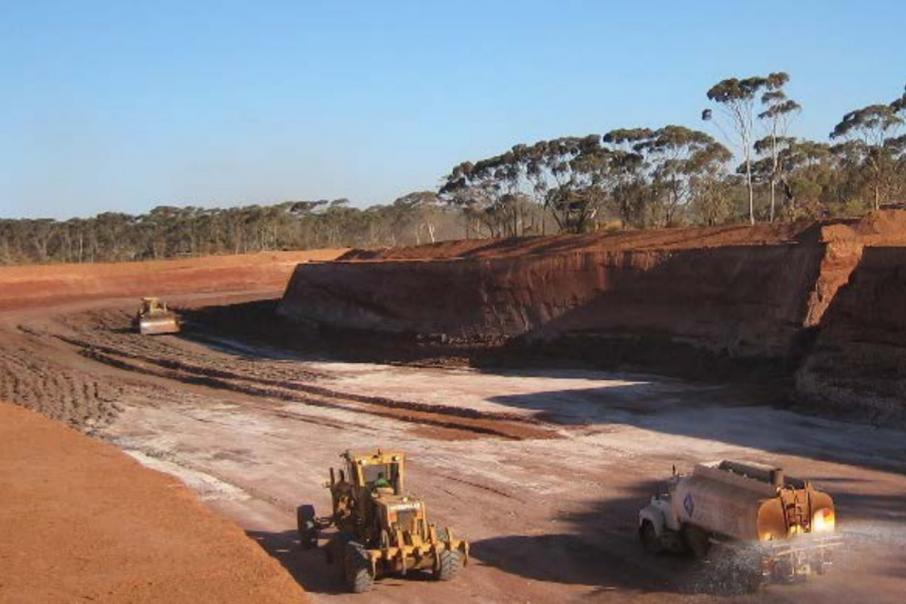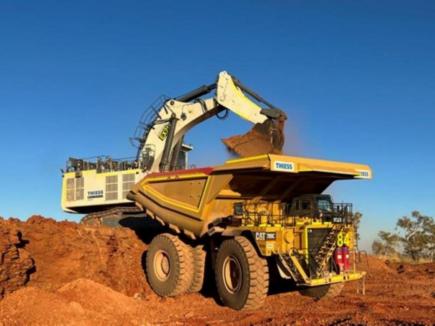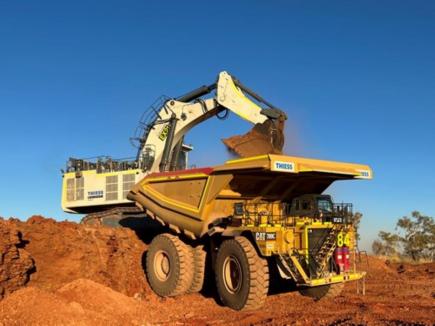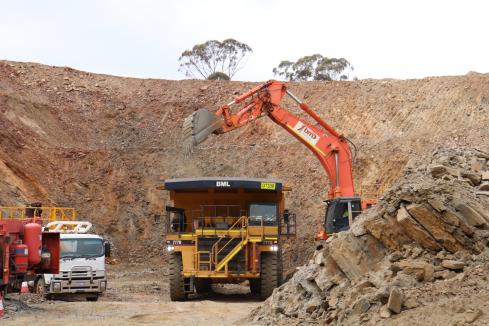ASX-listed gold exploration company, Anglo Australian Resources, continues to smash out impressive drill results at its Mandilla East prospect near Kambalda in Western Australia.
Eye-catching results include a staggering 112m-wide intercept going 1.5 g/t gold from just 41m down-hole and a 93m-wide drill intercept running 3.11 g/t gold from 49m in separate holes.
These bulk intercepts are enhanced by bonanza grade 1m hits grading 71.02 g/t and 163.99 g/t gold.
The company has calculated bulk gold intercepts at low cut off grades and believes it is onto something pretty big and potentially open pit-able, with the mineralisation hosted by a voluminous felsic intrusion.
These felsic rocks are renown worldwide for hosting some chunky gold systems, such as Dacian Gold’s Eastern Goldfields Jupiter mine, which hosts an ore reserve of 611,000 ounces and a total resource of 1,276,000 ounces at similar grades to Mandilla.
True to its promise of realising the potential at Mandilla East quickly, Anglo has been churning out the drill metres at the project and has extended its original RC campaign by 10 additional holes now.
The additional drilling underpins the company’s confirmation that mineralisation at Mandilla East extends much deeper than had previously been recognised.
In 2013, Anglo Australia defined an inferred resource at Mandilla East of around 38,000 ounces of gold that is now potentially looking a little pale when considering the latest 100m deep plus drill hit.
The company has been drilling to an average of 180m below the surface, which is far deeper than the average depth of about 40m from historical drilling.
The exploration team have also changed the way the drill holes are sampled and analysed. Sample selectivity and size are now much more accurate and the new assay methodology is able to more precisely estimate the overall “nuggetty” gold effect.
Anglo Managing Director and well-known Goldfielder John Jones said:“with the extent of mineralisation (at Mandilla East) not yet known and bearing in mind that the previous assay method would seem to have significantly understated gold mineralisation, there is every reason to believe that the size of the resource at Mandilla East is substantially higher than previously calculated”.
The company’s current mineralised envelope at Mandilla East is interpreted to be 70m wide, with a currently defined footprint of approximately 200m by 400m. The mineralisation appears to be still open and further drilling is planned.
The gold bulls will no doubt have this one on the watch list for a little while to come.
Is your ASX listed company doing something interesting ? Contact : matt.birney@businessnews.com.au













